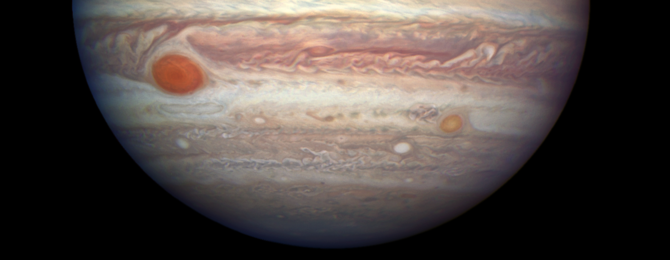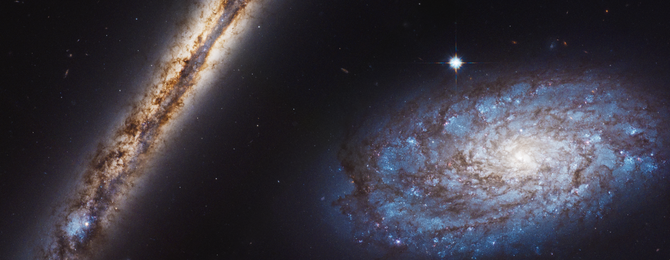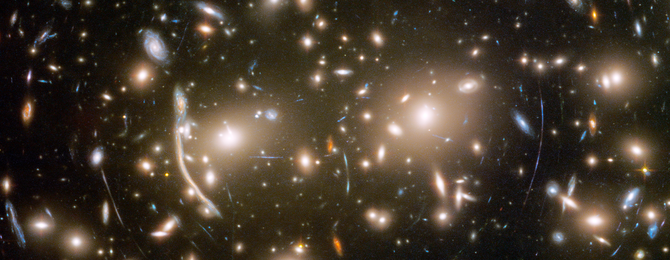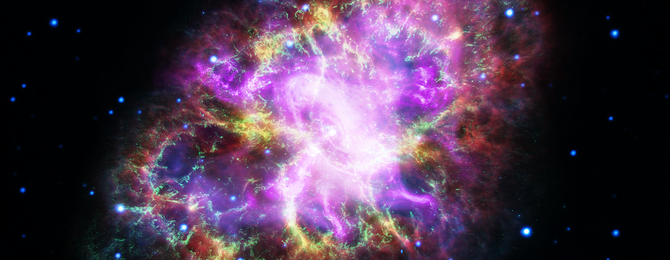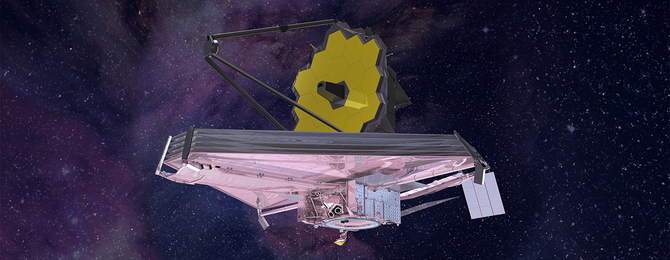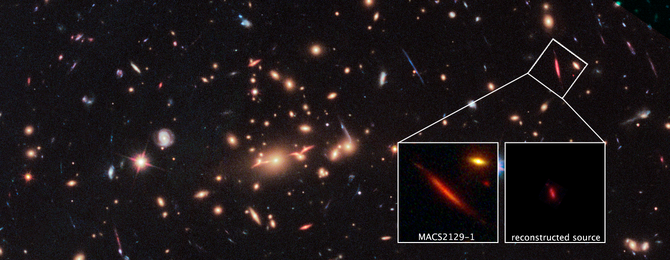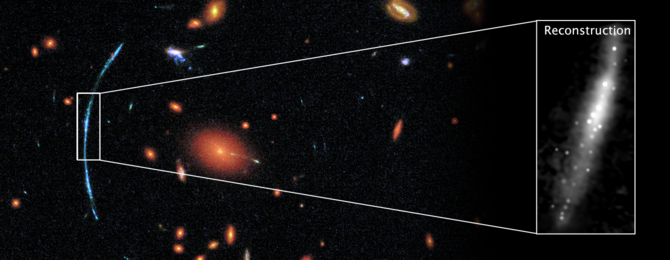Robby
Helper Bot
Hubble Discovery of Runaway Star Yields Clues to Breakup of Multiple-Star System

Star Is Missing Link to a System that Flew Apart Over 500 Years Ago
In the 1400s, two power struggles were taking place quadrillions of miles apart. In England, two rival branches of the royal House of Plantagenet were battling each other for control of the country's throne. And, in a nebula far, far away, a cluster of stars was waging a real-life star wars, with the stellar members battling each other for supremacy in the Orion Nebula. The gravitational tussle ended with the system breaking apart and at least three stars being ejected in different directions.
Astronomers spotted two of the speedy, wayward stars over the past few decades. They traced both stars back 540 years to the same location and suggested they were part of a now-defunct multiple-star system. But the duo's combined energy, which is propelling them outward, didn't add up. The researchers reasoned there must be at least one other culprit that robbed energy from the stellar toss-up. Now NASA's Hubble Space Telescope has helped astronomers find the final piece of the puzzle by nabbing a third runaway star, which was a member of the same system as the two previously known stars. The stars reside in a small region of young stars called the Kleinmann-Low Nebula, near the center of the vast Orion Nebula complex, located 1,300 light-years from Earth.
(More at HubbleSite.com)

Star Is Missing Link to a System that Flew Apart Over 500 Years Ago
In the 1400s, two power struggles were taking place quadrillions of miles apart. In England, two rival branches of the royal House of Plantagenet were battling each other for control of the country's throne. And, in a nebula far, far away, a cluster of stars was waging a real-life star wars, with the stellar members battling each other for supremacy in the Orion Nebula. The gravitational tussle ended with the system breaking apart and at least three stars being ejected in different directions.
Astronomers spotted two of the speedy, wayward stars over the past few decades. They traced both stars back 540 years to the same location and suggested they were part of a now-defunct multiple-star system. But the duo's combined energy, which is propelling them outward, didn't add up. The researchers reasoned there must be at least one other culprit that robbed energy from the stellar toss-up. Now NASA's Hubble Space Telescope has helped astronomers find the final piece of the puzzle by nabbing a third runaway star, which was a member of the same system as the two previously known stars. The stars reside in a small region of young stars called the Kleinmann-Low Nebula, near the center of the vast Orion Nebula complex, located 1,300 light-years from Earth.
(More at HubbleSite.com)



